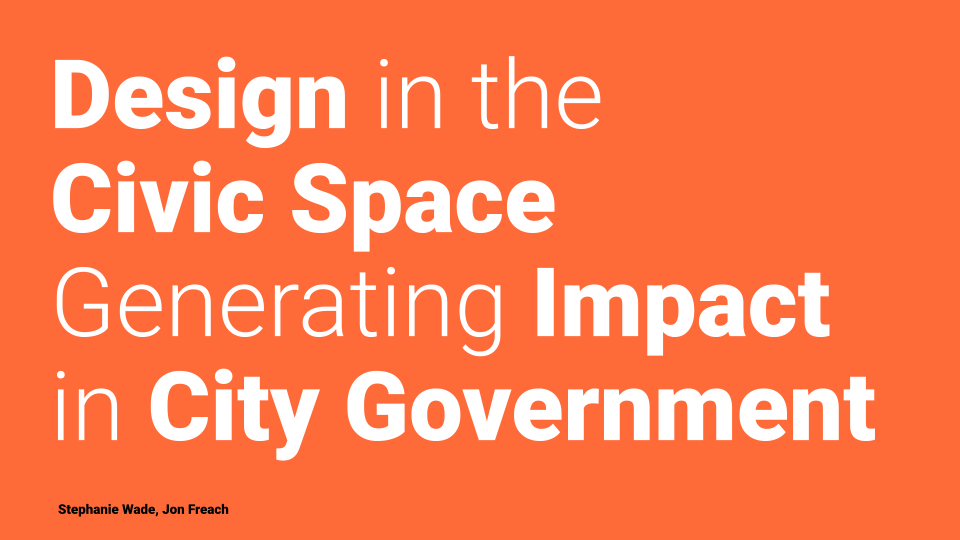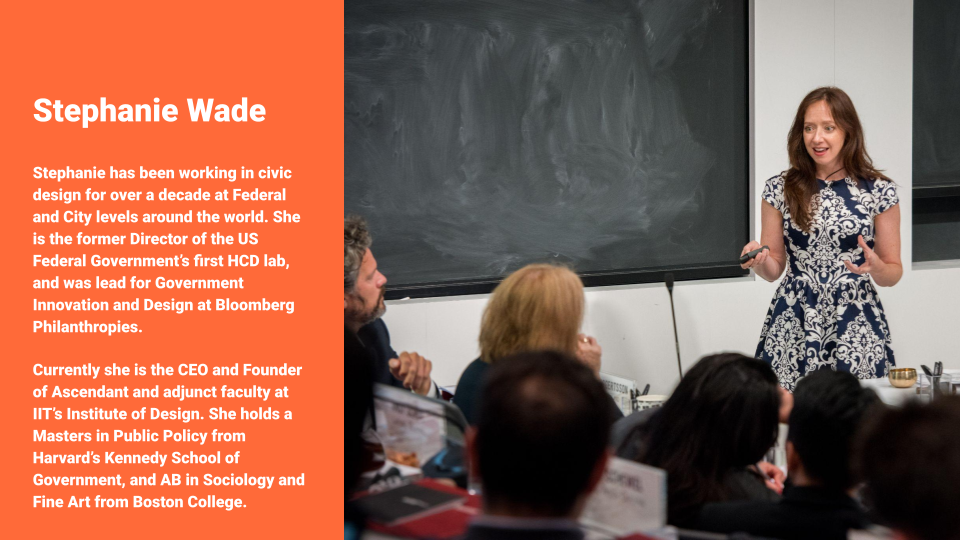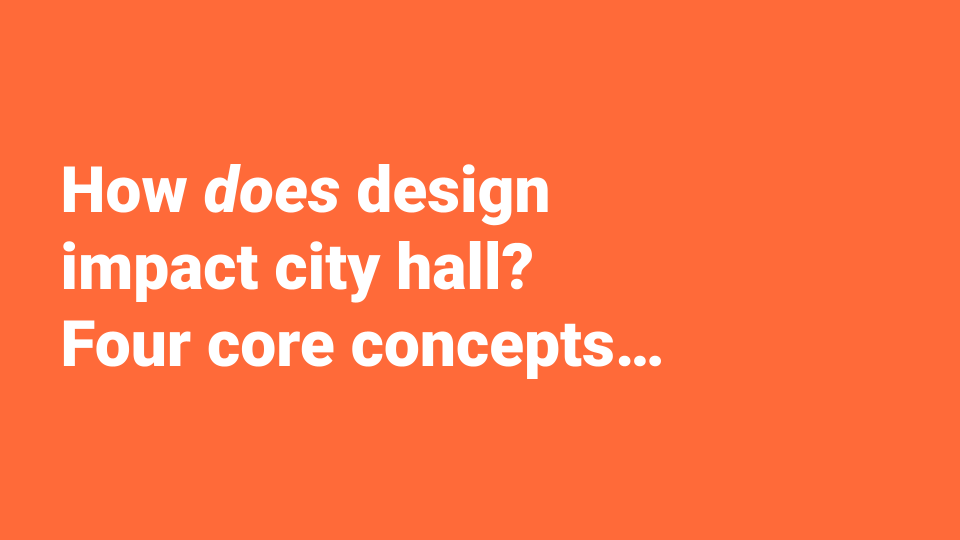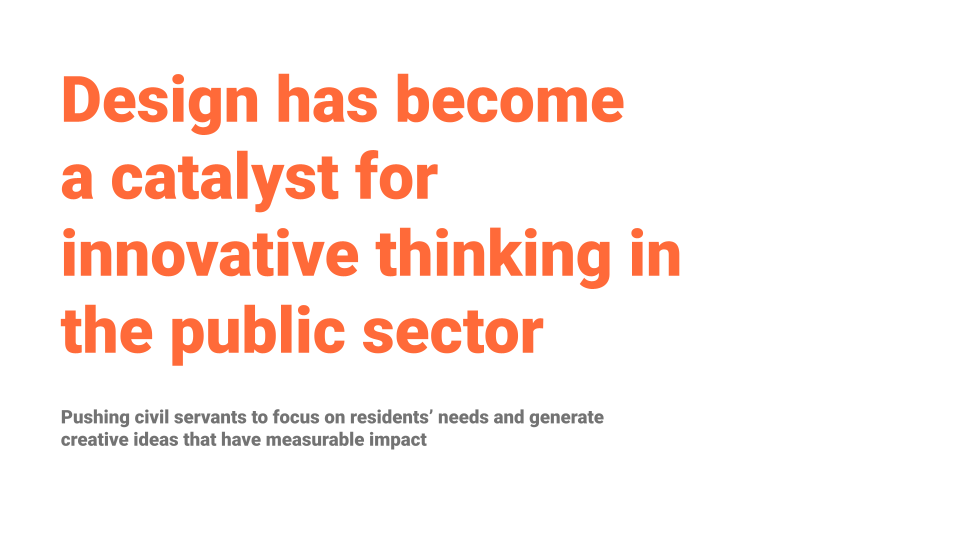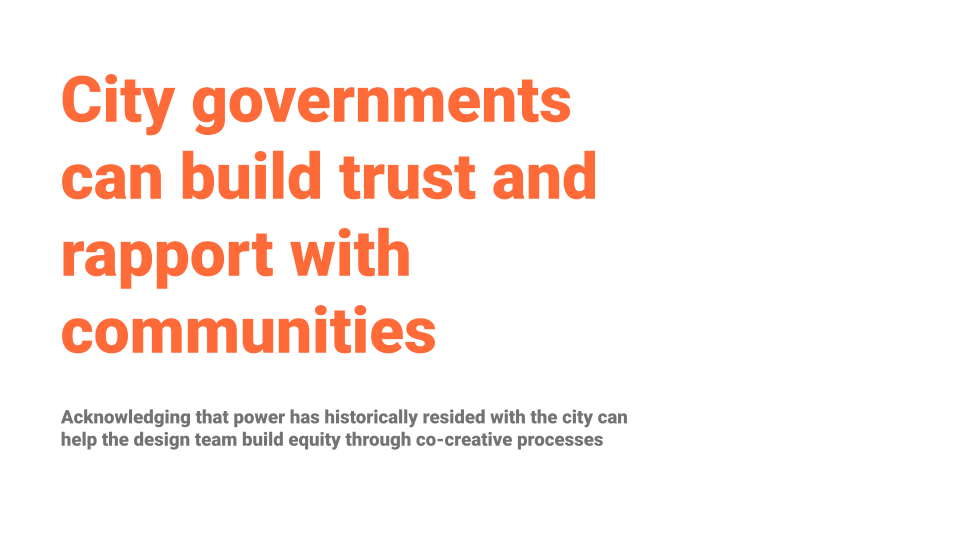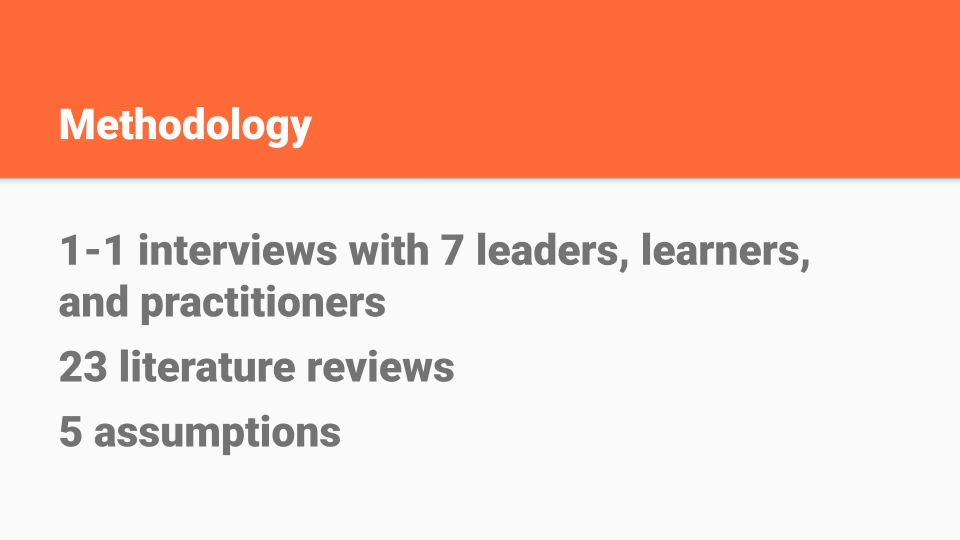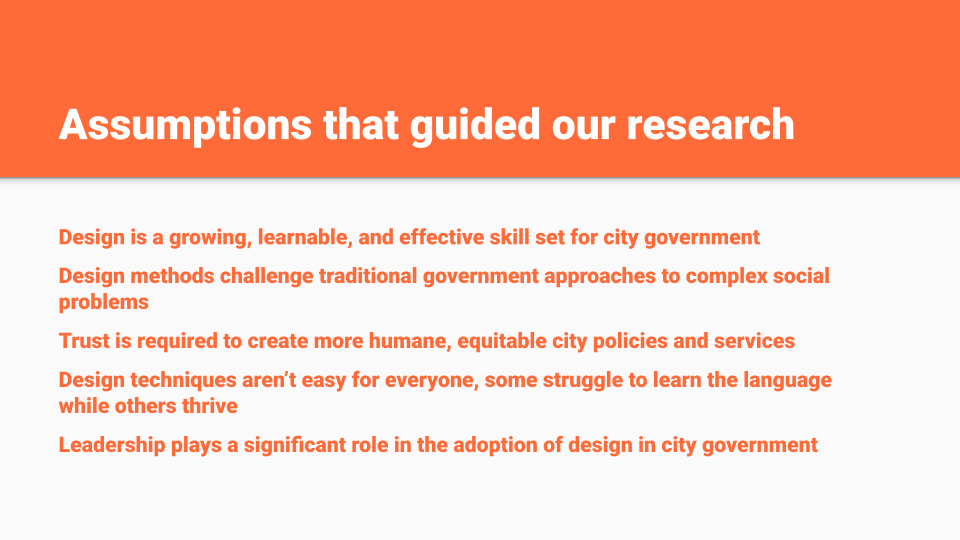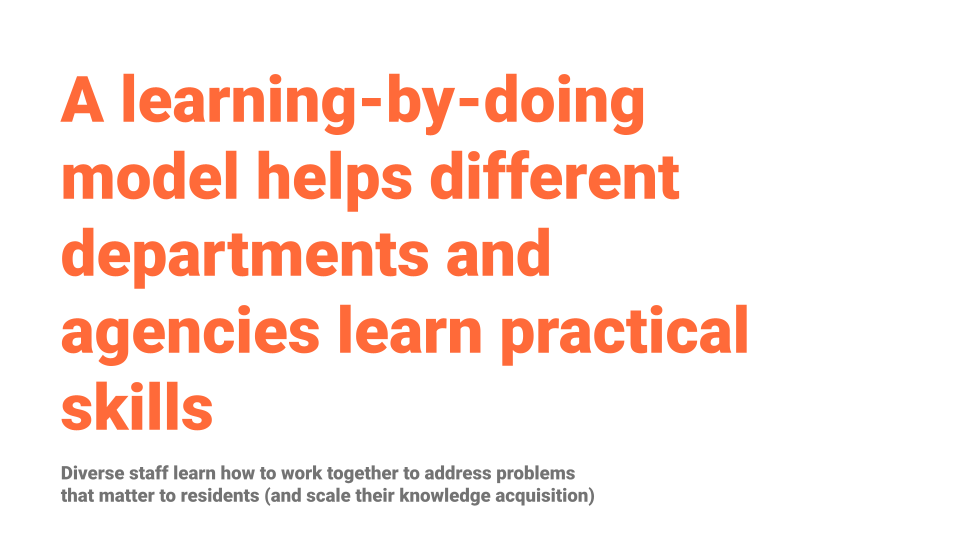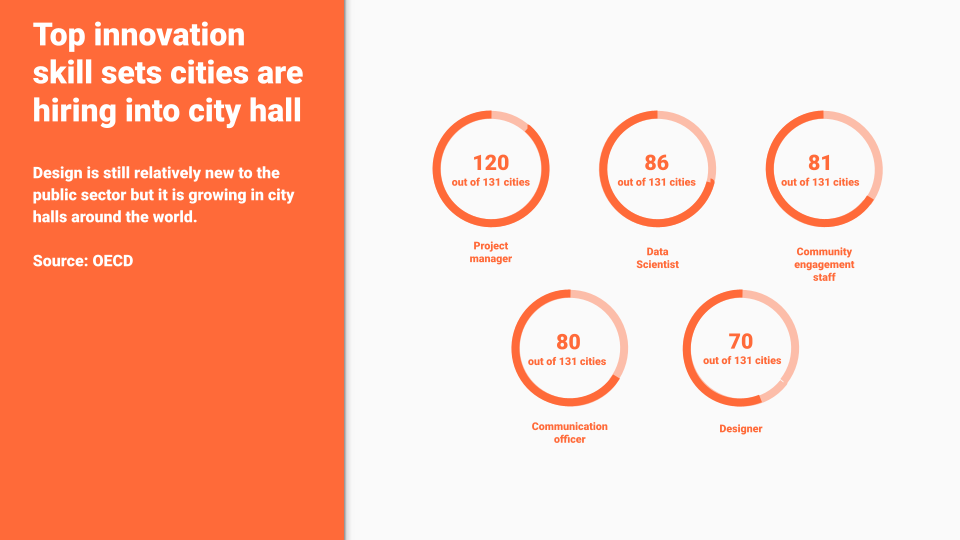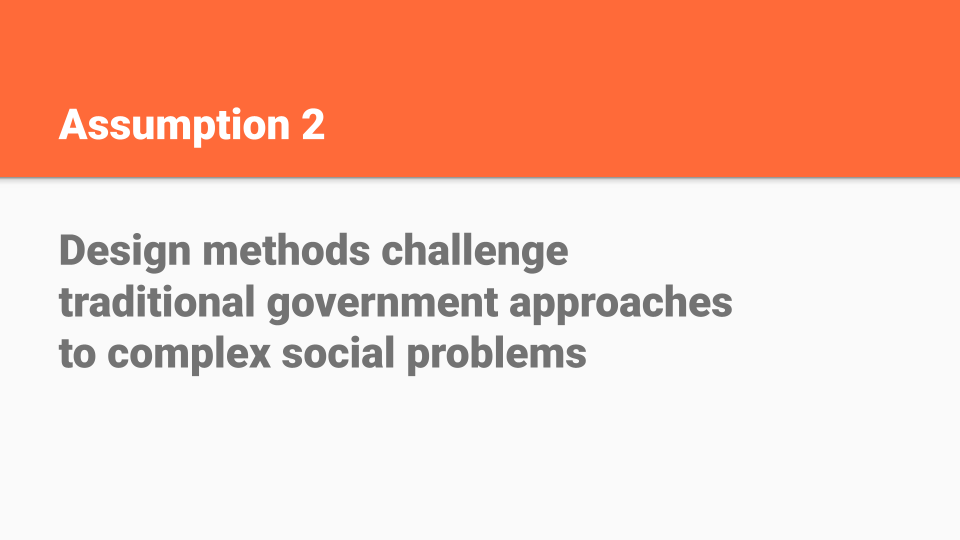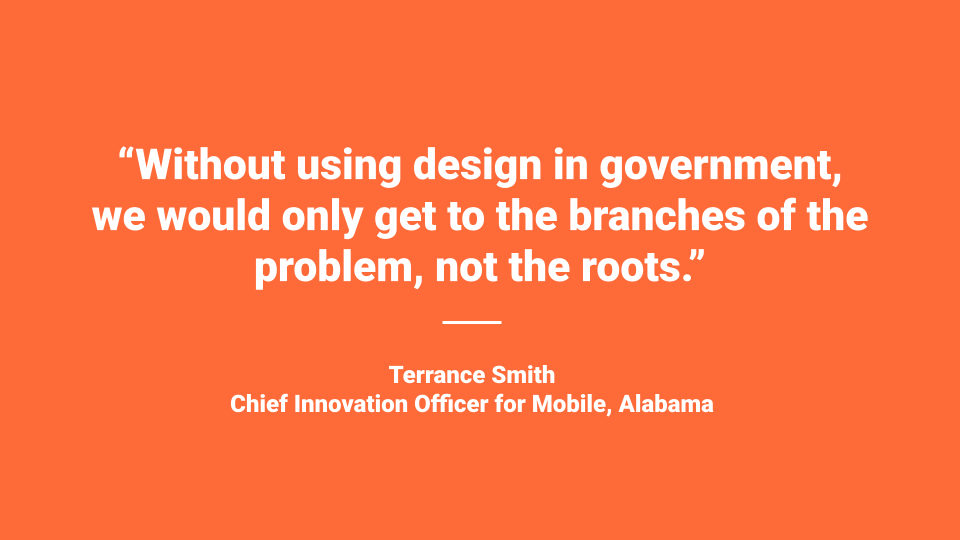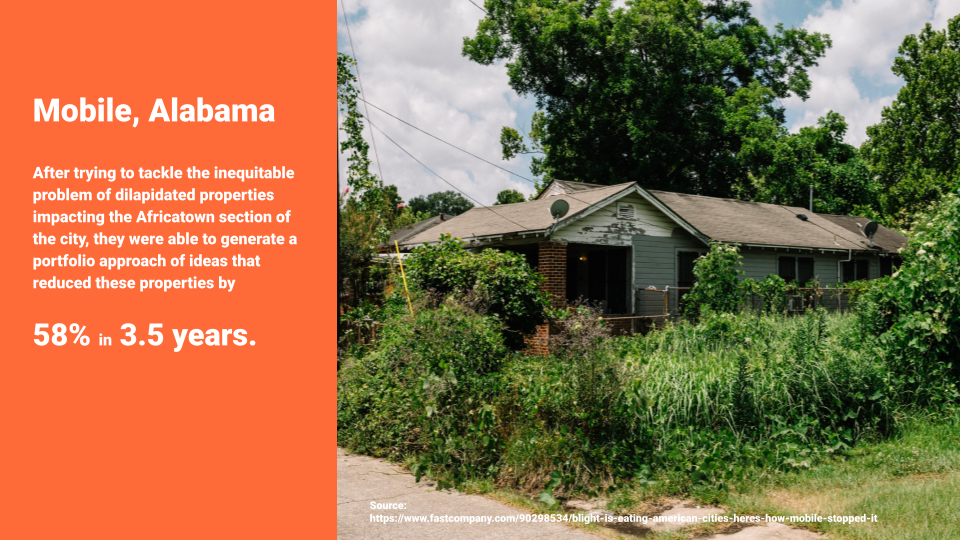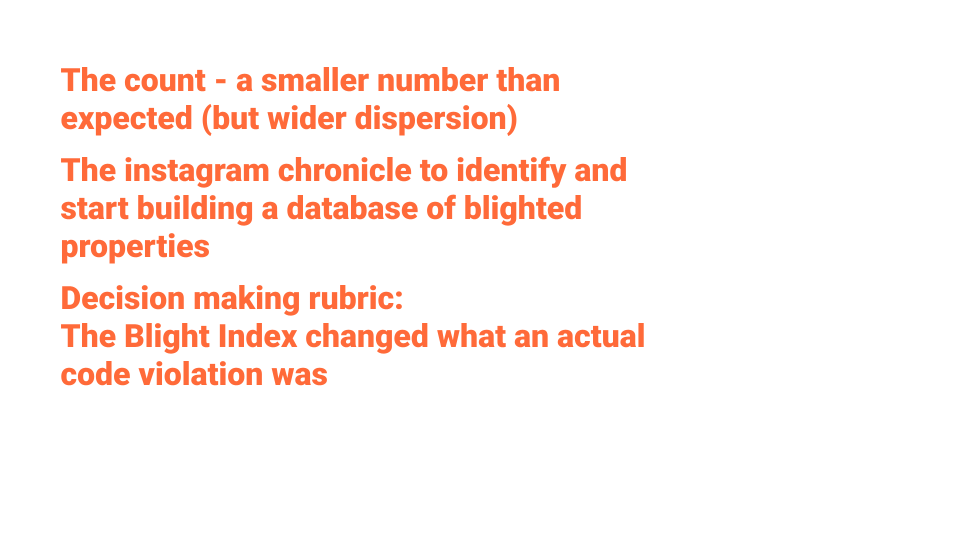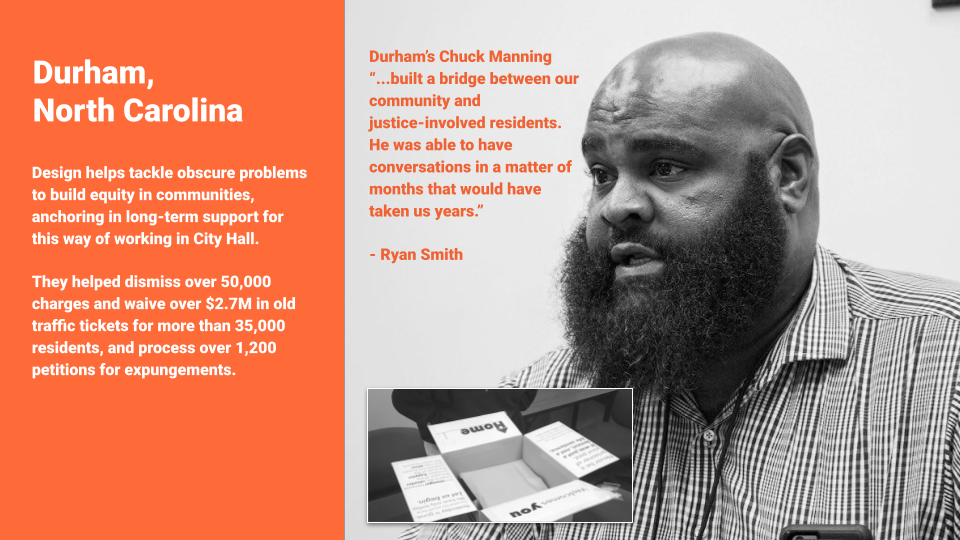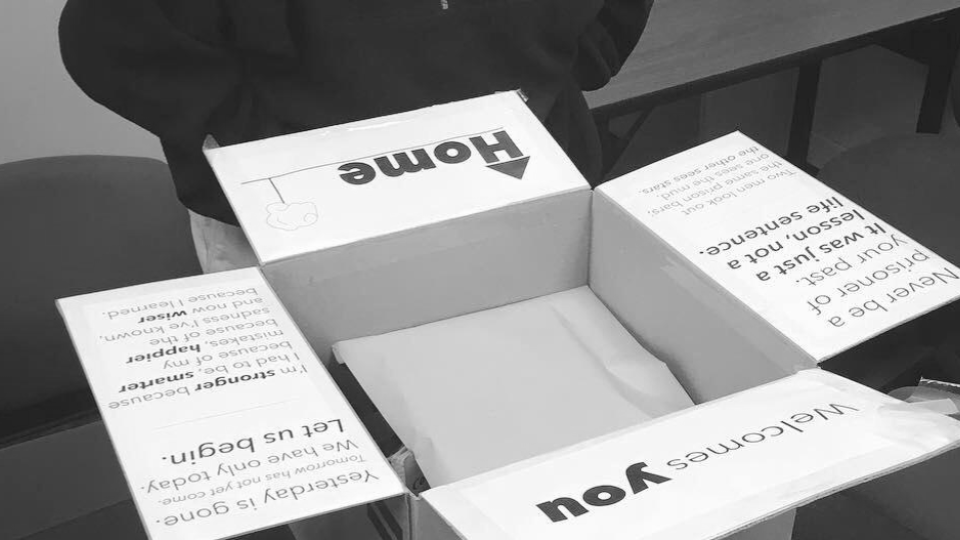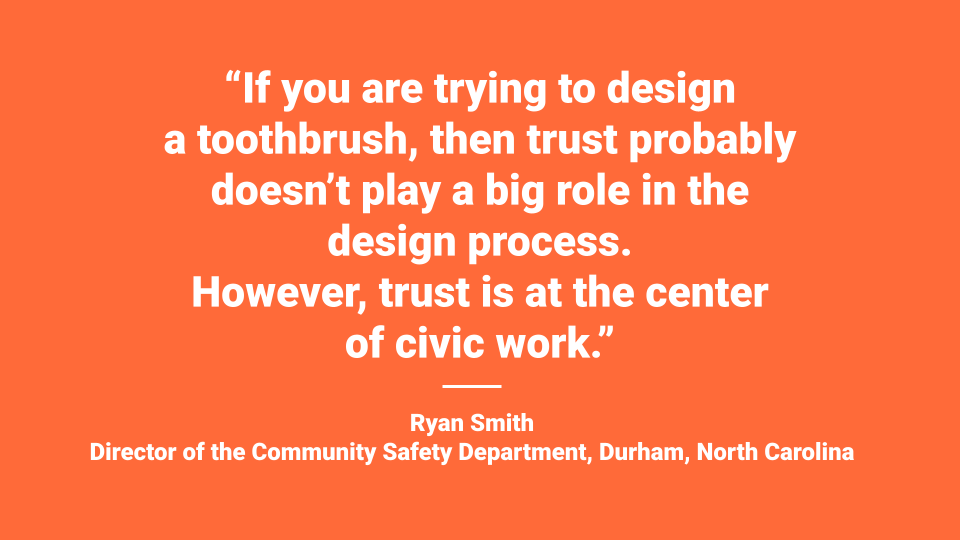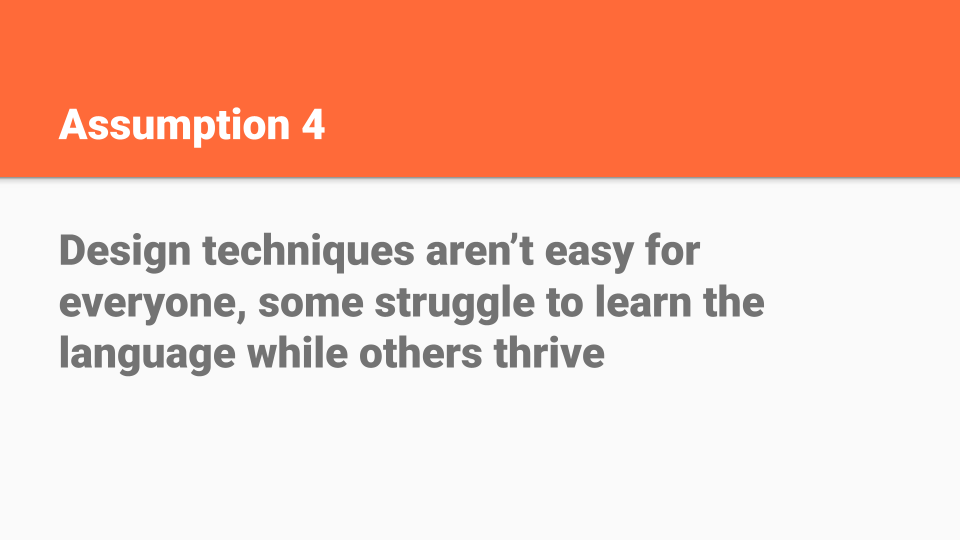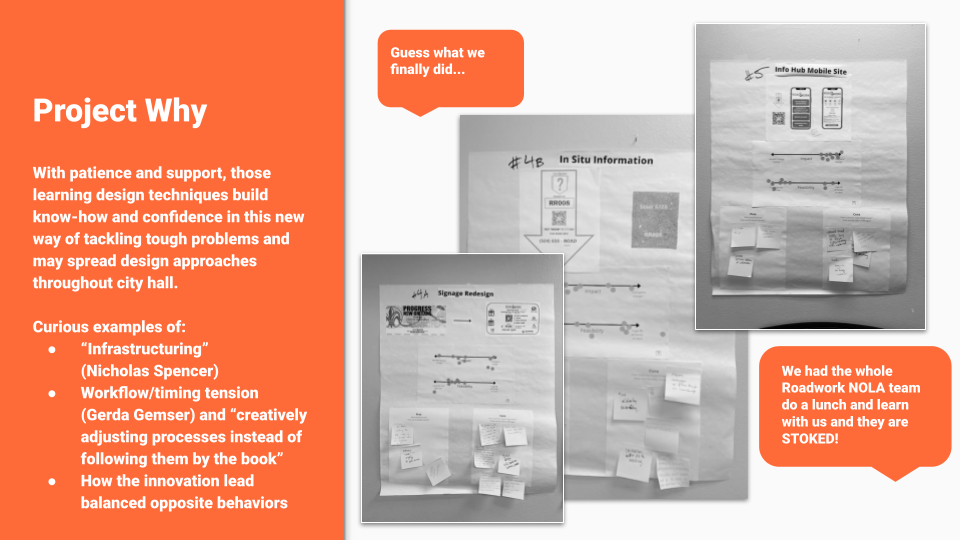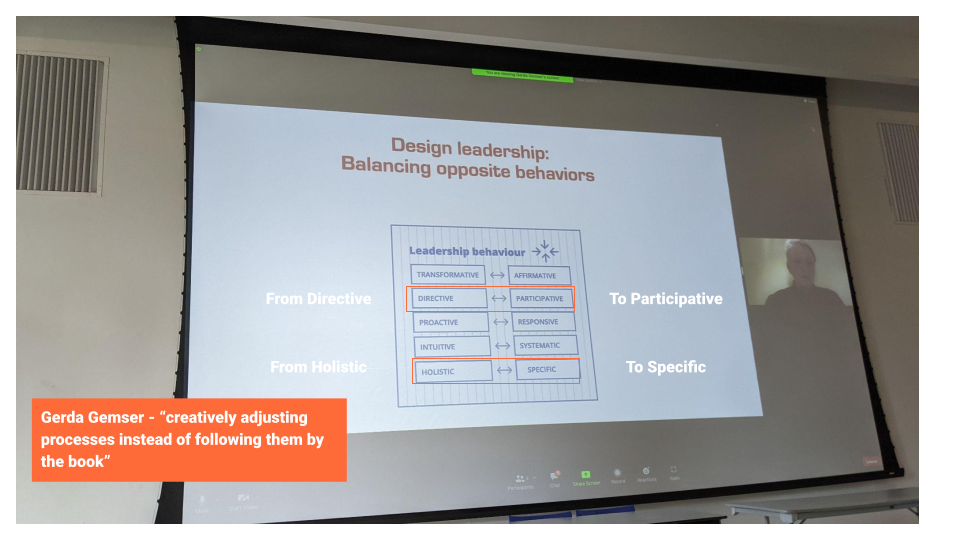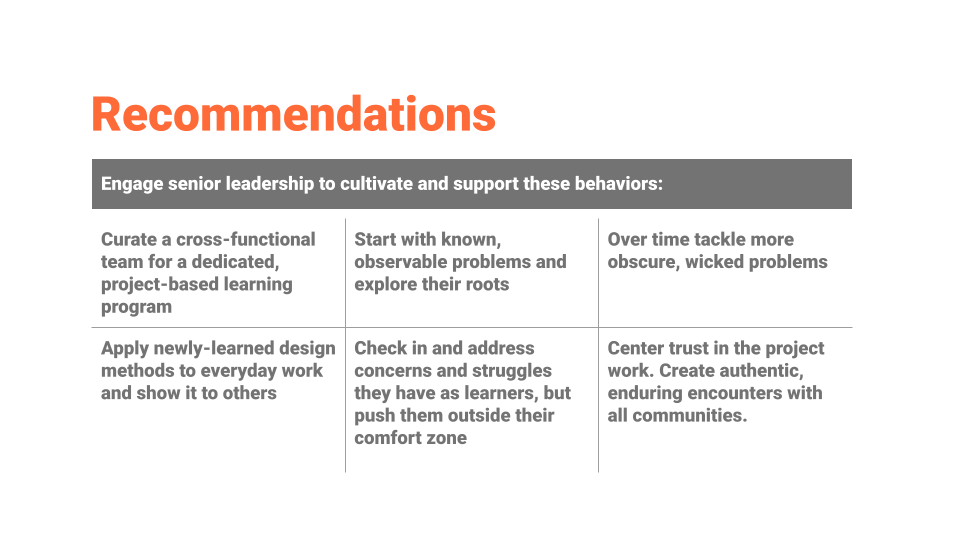Stephanie Wade and Jon Freach
Published in the ADMC 2022 Academic Design Management Conference Proceedings (p87)
OCAD University
Toronto, Canada
8/3 - 8/4/2022
Introduction
This paper explores the growth and impact of using design in city government and best practices when introducing it into city hall to tackle complex civic sector challenges. The authors, who have worked together to conceive, create, and deliver design training to over 100 global cities, in the United States Federal Government, and in higher education, share examples from their fieldwork supported by the experiences of city staff members who have applied design methods in their jobs.
Readers discover how design has become a catalyst for innovative thinking in the public sector, centering problems and opportunities on residents’ needs to generate measurable impact for them. They also hear about how a learning-by-doing model helps individuals and teams from different city departments and agencies learn practical skills by addressing problems that matter to their residents; and understand how design helps manage the complexity, ambiguity, and unpredictability inherent in civic problems using a structured process and “sensemaking” techniques to generate insight and ideas. Finally, readers learn how building trust and rapport with communities by recognizing where power resides on the design team helps establish necessary relations and draw residents into the design process.
Research Methodology
The assumptions that shaped our research include:
Design is a growing, learnable, and effective skillset that can help city government develop more human-centered mindsets
Design methods challenge the traditional ways that government approaches problems through more equitable, collaborative, and iterative techniques
These new design techniques aren’t easy for everyone; some cities, teams, and individuals struggle to learn design’s language and adopt its methods while others thrive by making good decisions about how, when, where to use design
Leadership plays a significant role in the adoption of design processes and application to a variety of problems and situations in government
Achieving trust is an increasingly important requirement when creating city policies and services for communities that have been historically underinvested and overlooked
Our research methodology included one-on-one interviews with seven leaders, learners, and practitioners from city government teams around the world who provided perspectives and case studies. Each individual was chosen based on their experience providing innovation and design instruction, project management, leadership, or stewardship of design methodologies to or within their cities. All practitioners had five or more years of experience in their respective roles and had used design to improve or invent a city service or function.
Additionally, 23 literature reviews of civic design reports, academic papers, and media discussing applied design methods in civic contexts informed and supported the authors’ viewpoints. To provide focus to the literature review, the authors sought research about how design is used in public sector work, studies of design techniques and critiques of design methods in civic projects and practices, and case studies of design-driven city services.
We had the privilege to present our paper at the Toronto Academic Design Management Institute conference. See the presentation slide deck below.
